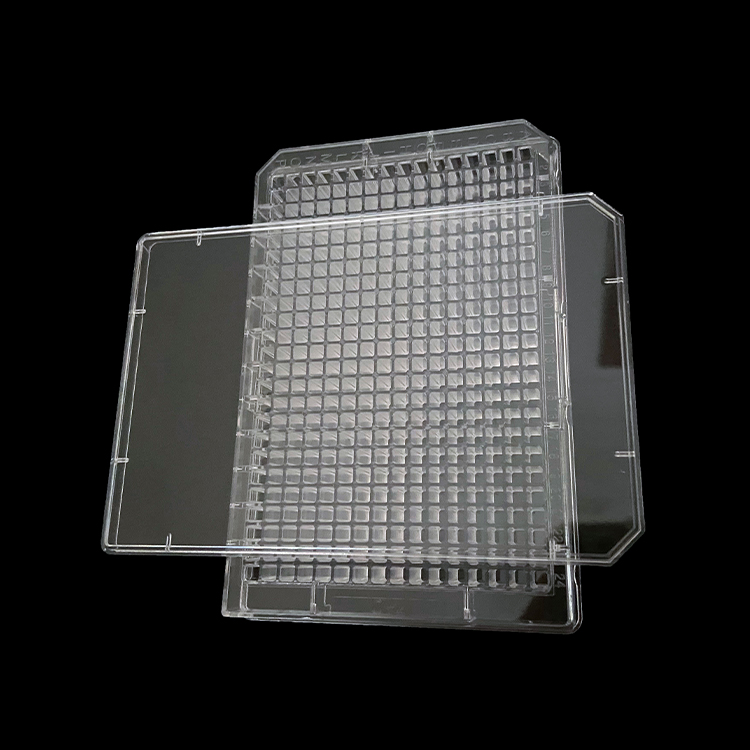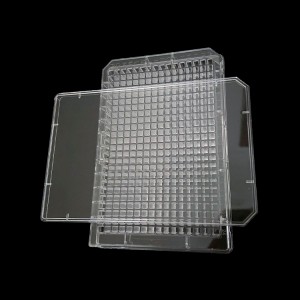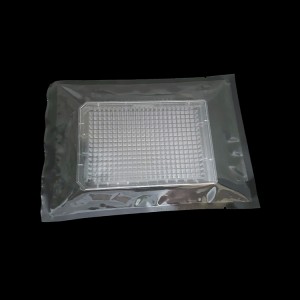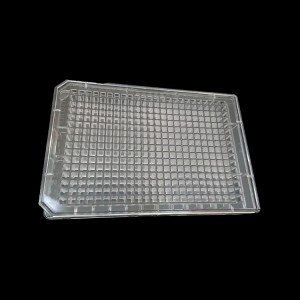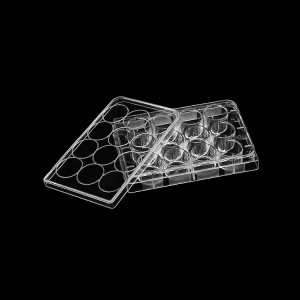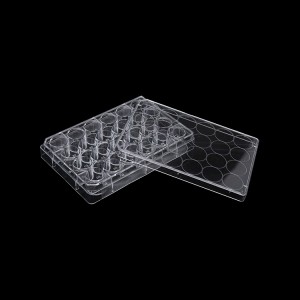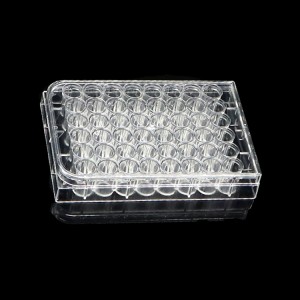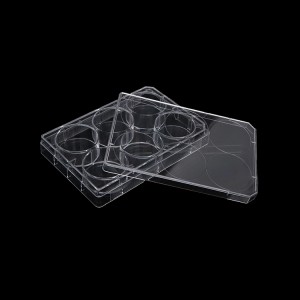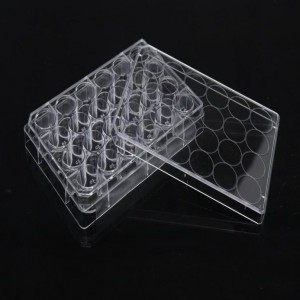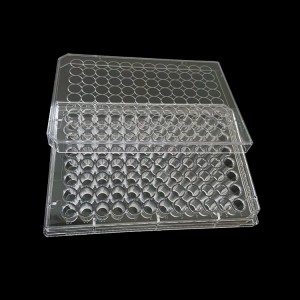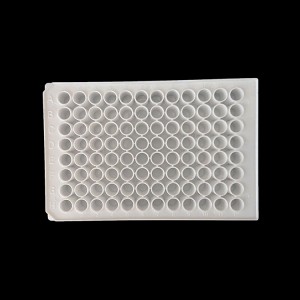What are the dimensions of a cell culture plate (well plate)?
We emphasize enhancement and introduce new solutions into the market just about every year for What are the dimensions of a cell culture plate (well plate)?, Welcome to post your sample and color ring to let’s produce according on your specification.Welcome your inquiry! Hunting forward to building long-term cooperation with you!
We emphasize enhancement and introduce new solutions into the market just about every year for 384 cell culture plate, Cell Culture Plate, china petri dish, plasitc culture plate, well plate, Our company always provides good quality and reasonable price for our customers. In our efforts, we already have many shops in Guangzhou and our products have won praise from customers worldwide. Our mission has always been simple: To delight our customers with best quality hair products and deliver on time. Welcome new and old customers to contact us for the future long term business relationships.
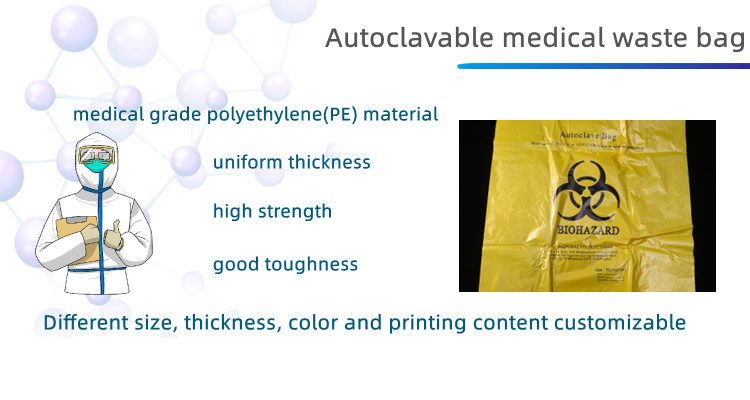
Product details
| warranty | 3 years | color | customized |
| classification | standard | capacity | customized |
| Origin | Shandong, China | Properties | Lab consumables |
| Brand name | Labio | Application | bag |
| Material | medical grade polyethylene(PE) | packing | customized |
| Customized support | OEM | stock | yes |
| Product name | autoclavable waste bag | Supply ability | 1000 cartons/week |
Product description
1.Made of virgin medical grade polyethylene(PE) material
2.Featuring thickened design, uniform thickness, high strength and good toughness
3.With wide bottom seal, but without side sealing, enabling better leak proof performance
4.Eye-catching biohazard signs delivering good warning effect
5.Resisting to 121℃ high temperature sterilization
6.Different size, thickness, color and printing content customizable
7.Widely used for holding medical wastes
Features
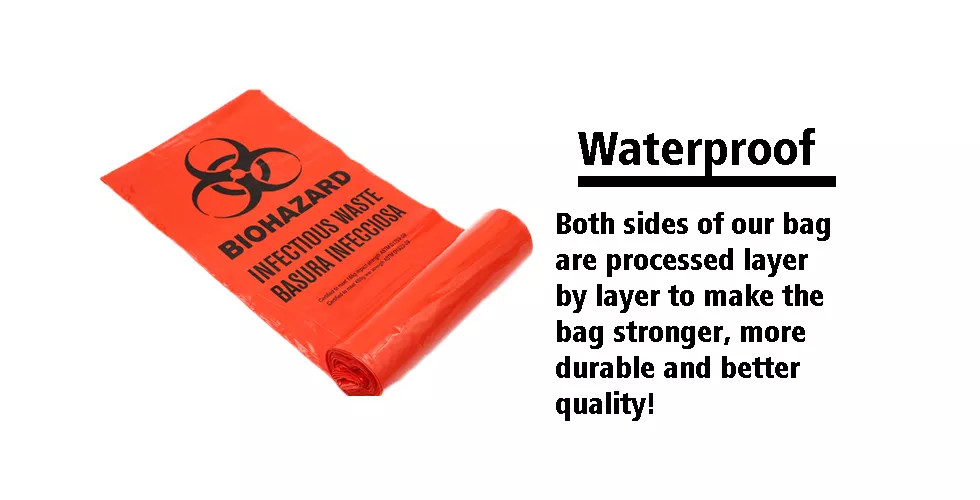
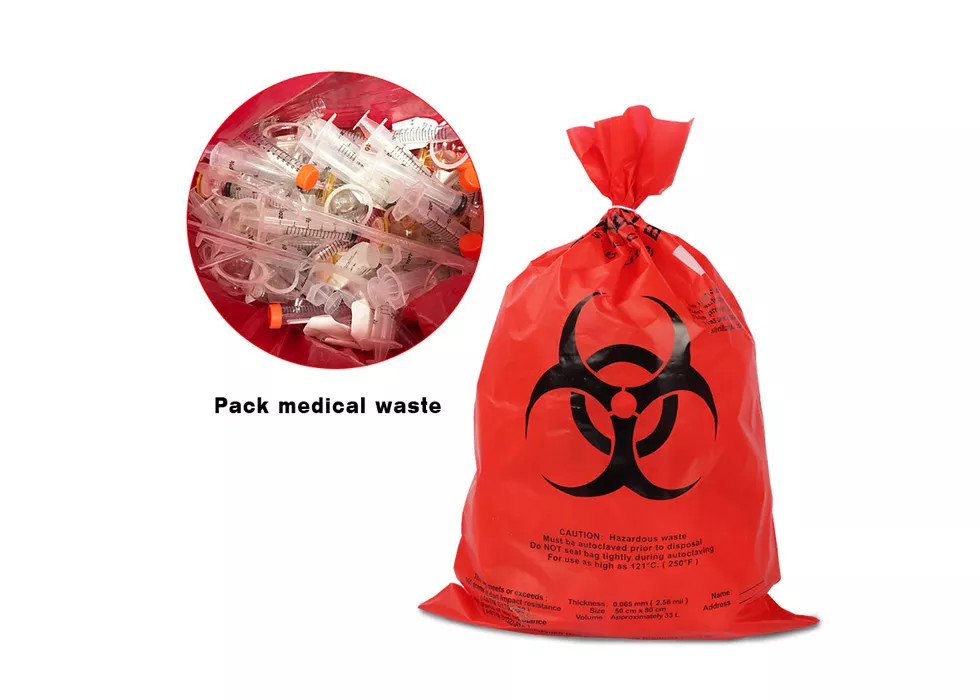
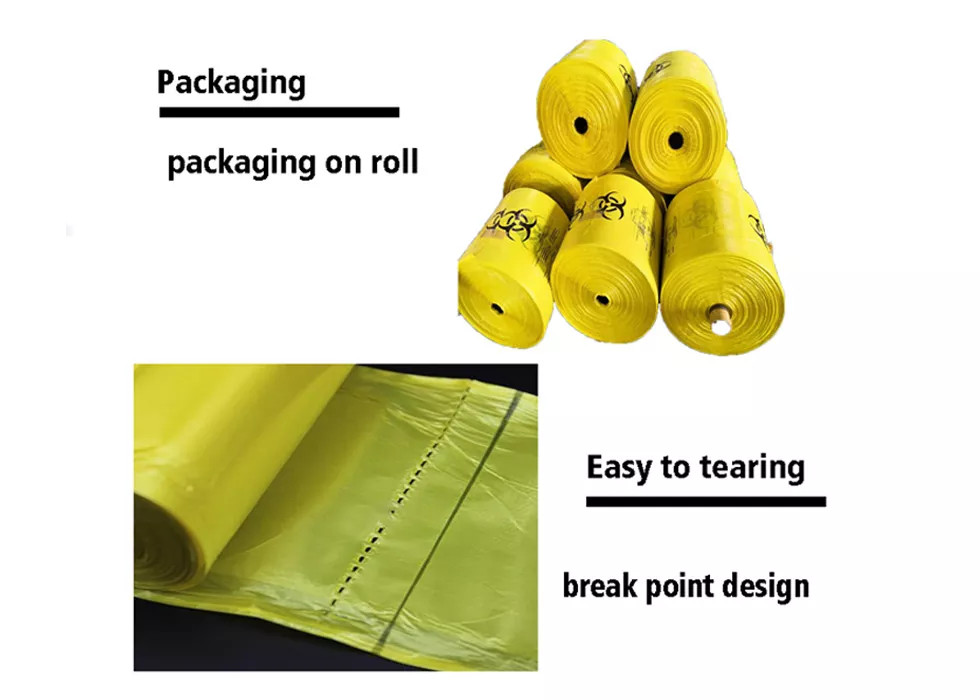
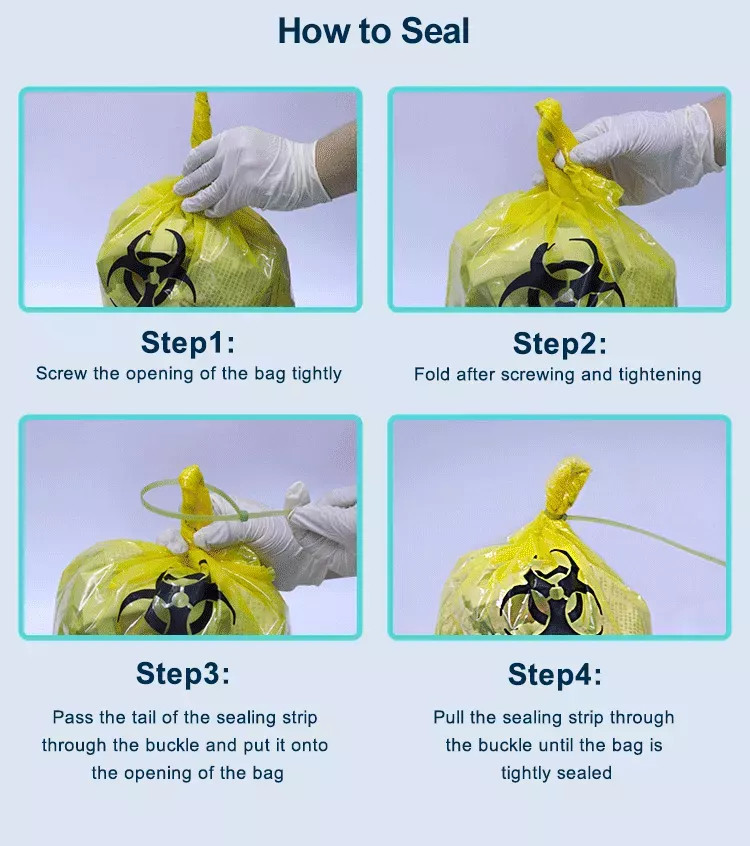
Specifications
|
Autoclavable Medical Waste Bags |
||||
|
Item No |
Specification |
Packaging |
Carton Dimension (cm ) |
Carton Weight (KG) |
|
LJD |
Red / Yellow ; Customizable Size / Thickness / Printing |
50 pcs / roll, 20 rolls / carton |
depending on specs |
|

Package and Shipping
Payment:
VISA, MASTERCARD, T/T, PAYPAL, WESTERN UNION, ALIBABA TRADE ASSURANCE
Packing
Standard carton packing for international shipping
Shipping:
Shipping either by express, air,sea, or land as per your preference
UPS,DHL,FedEx, EMS, etc. for you to choose from
EXW, FCA, FOB, CFR, DAP, DDP, etc. available as your requestCell culture is a basic life science research technology and has become an important means of modern biomedical research. Cell culture plates are commonly used and important laboratory consumables in cell culture experiments. Choosing the appropriate cell culture plate has a vital impact on the growth of cells and the accuracy of experimental results.
Cell culture plates can be divided into flat bottom, round bottom (U-shaped) and V-bottom (V-shaped) according to different bottom shapes; the number of culture holes is 6, 12, 24, 48, 96, 384, 1536 holes, etc.; surface Treatment methods include TC treatment and ultra-low adsorption treatment; colors include transparent, white, black, etc. So how do you choose a cell culture plate suitable for your experiment from so many specifications? Let’s go and see how to choose.
● Selection of the number of wells
The number of wells in cell culture plates includes 6 wells, 12 wells, 24 wells, 48 wells, 96 wells and 384 wells. Culture plates with different numbers of holes can culture different numbers of cells (see Table 1), and the final application scenarios will also be different. How to choose the number of holes is mainly determined by the throughput level required for the experiment and the specific experimental requirements. For example, experiments related to WB and flow cytometry require a large amount of cell samples, and the final detection throughput is low. Generally, 6-well plates and 24-well plates are chosen; for example, CTG experiments, CCK8 experiments, and MTT experiments, the experimental throughput is Higher, the final detection method can be automated, and most can choose 96-well plates or 384-well plates.
● Bottom shape selection
Cell culture plates are mainly divided into three types according to the shape of the bottom: flat bottom, round bottom (U-shaped) and V-bottom (V-shaped). The flat bottom can be used for any type of cell culture and is the most commonly used in our daily cell culture experiments. Generally, round-bottom (U-shaped) and V-bottom (V-shaped) culture plates are used for special experimental needs, and are less commonly used in daily experiments. Round bottom (U-shaped) plates are mostly used to culture suspended cells. For example, when immunological experiments require the mixed culture of two different lymphocytes, they need to be in contact with each other for stimulation. Round-bottomed (U-shaped) plates can use gravity to gather cells in a small area. Inside. Cells in V-bottomed (V-shaped) plates are in close contact, and are generally used in cell killing experiments to bring effective target cells into close contact [a round-bottomed (U-shaped) plate can also be used instead, after adding cells, centrifuge at low speed.
● Choice of surface treatment methods
The main treatment methods for cell culture plates include TC treatment and ultra-low adsorption treatment. The choice of surface treatment method mainly depends on whether the cultured cells are adherent cells or suspension cells. The raw material generally used in cell culture plates is polystyrene, which is hydrophobic. For adherent cells, they need to be attached to the hydrophilic surface side to grow. The surface modification of cell culture plates treated with TC is more suitable for the culture of adherent cells. Ultra-low adsorption treatment coats a special amphiphilic molecule polymer on the surface of the culture plate, which can effectively inhibit cell attachment and thus meet the needs of suspension cell culture. Therefore, for adherent cells, you can choose TC-treated cell culture plates, and for suspended cells, you can choose ultra-low adsorption-treated cell culture plates or cell culture plates without any treatment.
● Cell culture plate color selection
The color of cell culture plates is closely related to the application. The colors of cell culture plates are mainly transparent, white, and black. If you are observing cells with a phase contrast microscope or with the naked eye, you can choose a transparent cell culture plate. For applications outside the visible light spectrum (such as luminescence or fluorescence), it is necessary to use colored cell culture plates (such as white or black). When using an instrument that reads from the top, the bottom should be opaque, whereas when using a microscope or an instrument that reads from the bottom, choose a culture plate with a transparent bottom. A white surface is usually chosen for luminescent samples to maximize the reflectance of the signal, while a black surface is often used for fluorescence applications greater than 300nm to absorb the excitation signal. The colored surface also prevents signal crosstalk between adjacent holes.


